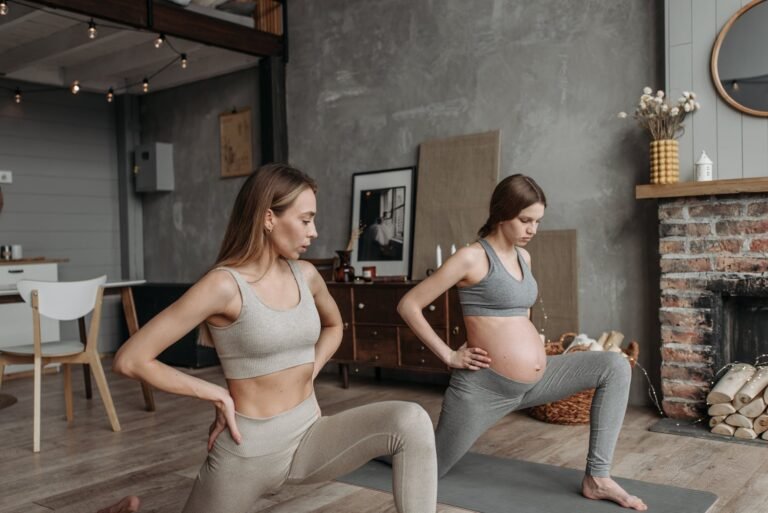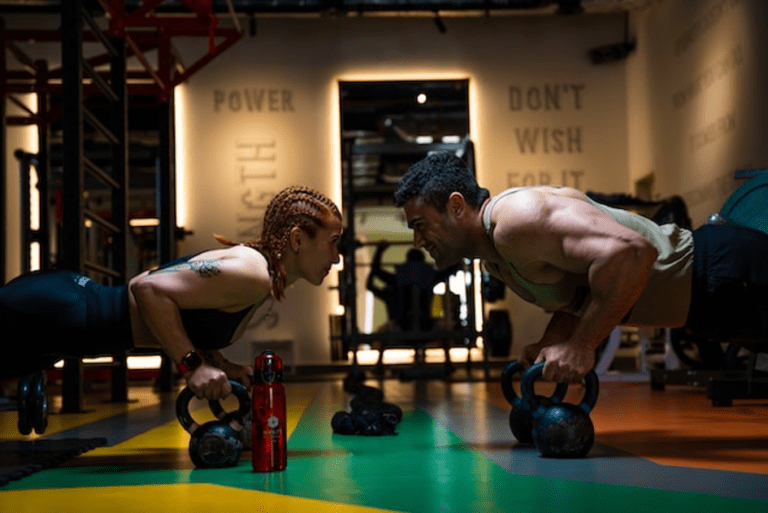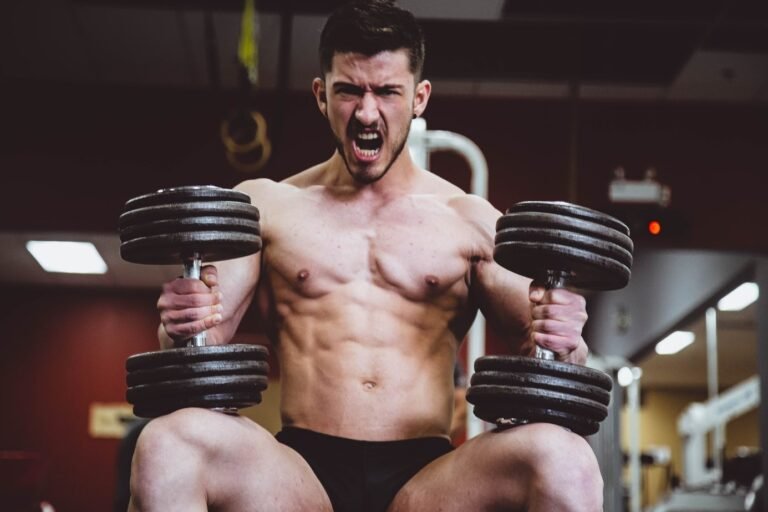8 yoga poses for beginners
There are many good reasons to include yoga in your exercise routine. Yoga improves muscle tone, flexibility, and balance, and helps you relax and relieve stress, in part through its signature pranayama breathing. Studies have also shown that yoga practices also reduce stress, anxiety, depression, and chronic pain; help you sleep better; and improve general well-being and quality of life. Ready to try?
Here are eight beginner-friendly poses, called “asanas,” recommended by yoga teachers.


1. Simple Pose – Sukhasana – for stress relief
Sit cross-legged on a yoga mat, hands on knees, palms up. Keep your spine as straight as possible. Press into the ground the bones you are sitting on – your “sit bones” in yogic parlance. Close your eyes and breathe in.”This is an exquisite function for beginners,” an expert, yoga instructor for the New York Knicks and distinctive sports activities for sports teams, athletes, and celebrities. Just sitting on the floor gives you a great way to see and feel the external rotation of your legs. This pose additionally will increase flexibility withinside the return and might assist relieve stress.
2. Cat-Cow to wake up the spine and relieve back pain
Lie on the mat on all fours with your hands directly under your shoulders and your knees directly under your hips. Distribute your weight evenly between your hands and spread your fingers apart. Inhale and round your back by arching it as you lower your chin towards your chest; Feel the stretch from your neck to your tailbone, like a cat. As you exhale, lower your back into the shape of a measuring cup, raise your head, and tilt it back. “The cat-cow stretches and stimulates the spine, which reduces back pain,” says an expert, a yoga instructor at Baptiste. “It also opens up and increases flexibility throughout the spine, neck, chest, and shoulders. I recommend repeating it 5-10 times or more.


3. Tree Pose – Vrksasana – to improve balance
First, stand up straight in this position. Place your hands in a prayer position and raise them above your head. Balance on the right leg. Bend the left knee to the left side and press the left foot against the inside of the right leg. Hold the position for 30 seconds. Switch legs and repeat. “This position helps straighten the body lengthwise, from heel to toe”


4. Downward Facing Dog – Adho Mukha Svanasana – for flexibility
In Downward Dog, your body forms an inverted V. Begin by placing both hands, palms down, on the mat in front of you; Your hands should be slightly in front of your shoulders. Place your knees on the floor directly under your hips. Exhale as you raise your knees off the ground and raise your glutes and hips towards the ceiling. Push your thighs back and point your heels toward the floor. Keep your head centered and in line with your shoulders without tilting. If you notice a rounded lower back, try bending your knees to lengthen your back.


5. Baby Poses – Balasana – to help you relax and unwind
From Down Dog, simply bend your knees and lower your butt onto your heels, bringing your chest to the floor above your knees. Lower your arms and turn your head toward the floor. Place your arms by your sides, palms down, or you can support your head by tucking your hands under your forehead. Breathe and relax for as long as necessary. “Baby Pose is one of the most healing poses in yoga and my favorite of all,” says Cullis.“It awakens the relationship between breath and frame and sends calming strength via all muscles. It is a possibility to ground and flow inside and out of the frame via way of means of awakening the breath from within. Child pose is a great way to take a break and relax while practicing yoga or when you’re feeling tired or overwhelmed.
6. pigeon pose to open the hips
On all fours, bring your right knee forward between your hands. As in a sprint, slowly extend your left leg behind you, keeping your knee and instep on the floor. Now rotate your right knee toward your right wrist and lower it to the floor with your right calf resting on the floor and your right foot resting under your left groin. Lower your torso to the floor on your bent leg or rest on your elbows. Breathe in and out slowly five times. Before switching sides, raise your left leg to stretch your calf muscles. Repeat the exercise with your left leg bent and your right leg straight. This position is popular with runners because it increases hip flexibility and relieves stress on the glutes and lower back, an expert says. Whether you run, lift weights, do CrossFit or spin, you need to do these stretches to maintain your strength and flexibility and improve your performance. It might be difficult at first, but you’ll learn to love the pose, Lawrence promises.
7. Mountain Pose – Tadasana – to enhance your posture
Stand still with your chest open and wide, your arms at your sides, and feel your feet on the floor and the sensations in your legs and back. Next, analyze your posture in front of the mirror. Lawrence instructs his athletes to hold long pens in each hand while standing.
8. Leg Up Pose – Viparita Karani – for recovery and revitalization
Is a great finishing pose for both beginners and experienced yoga practitioners. Lie on the floor with your butt against the wall. “walk” with your feet against the wall so that your body is in an l-shape, with your torso flat on the floor and perpendicular to the wall. You can place a rolled-up blanket under your lower back for support. Keep your elbows on the floor at your sides for extra support. Bend your toes to feel a stretch in the backs of your legs. take a deep breath and hold the position for as long as you like. To release, bring your knees to your chest and roll to the side.







